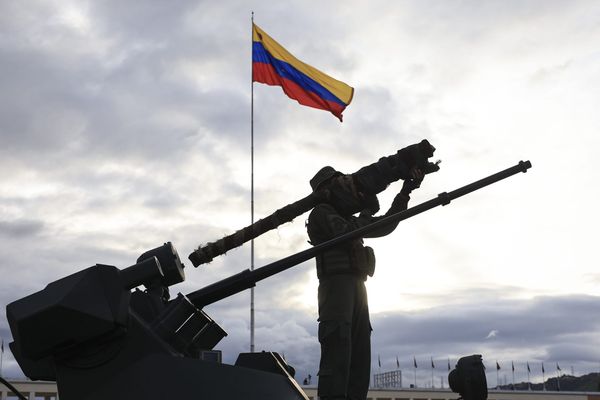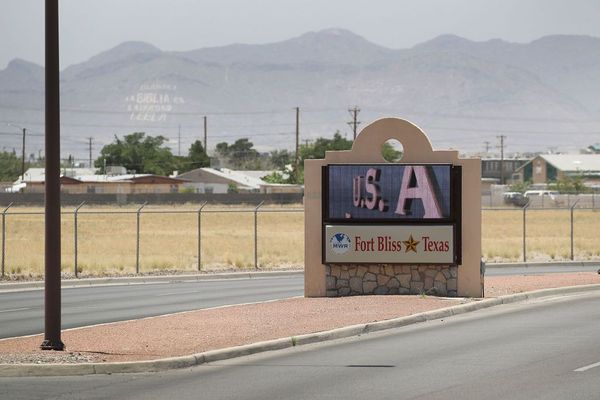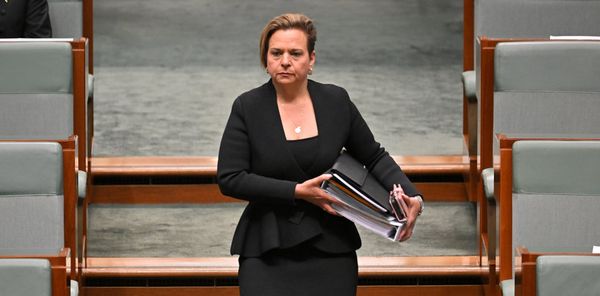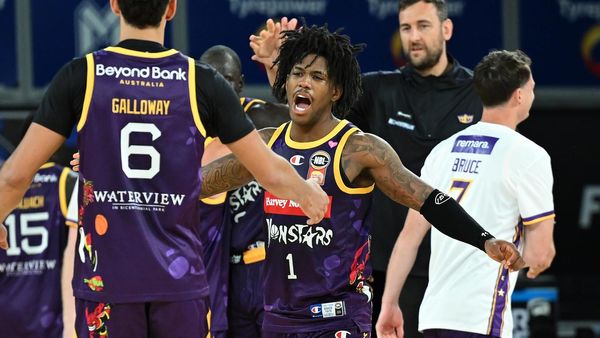Prime Minister Keir Starmer has spoken with the UK’s allies in the so-called “coalition of the willing”, amid a multinational push to guarantee Ukraine’s security once fighting stops in eastern Europe.
But who is in the coalition and what they can achieve together?
What is the coalition of the willing?
At least 31 countries have signed up to help defend a peace deal in Ukraine, once one is struck, in an effort to ward off a future attack by Russia.
The UK is among those “willing”, with the government prepared to put “boots on the ground and planes in the air”, Starmer said said when he unveiled plans for the coalition at London’s Lancaster House in March.
But it is not the first of its kind.
Former US president Bill Clinton suggested in 1994 that sanctions could be imposed by a “so-called coalition of the willing”, to quell North Korea’s nuclear ambitions, and his successor George W Bush announced a similar alliance in the early-2000s to disarm the then-Iraqi president Saddam Hussein.
Who has signed up?
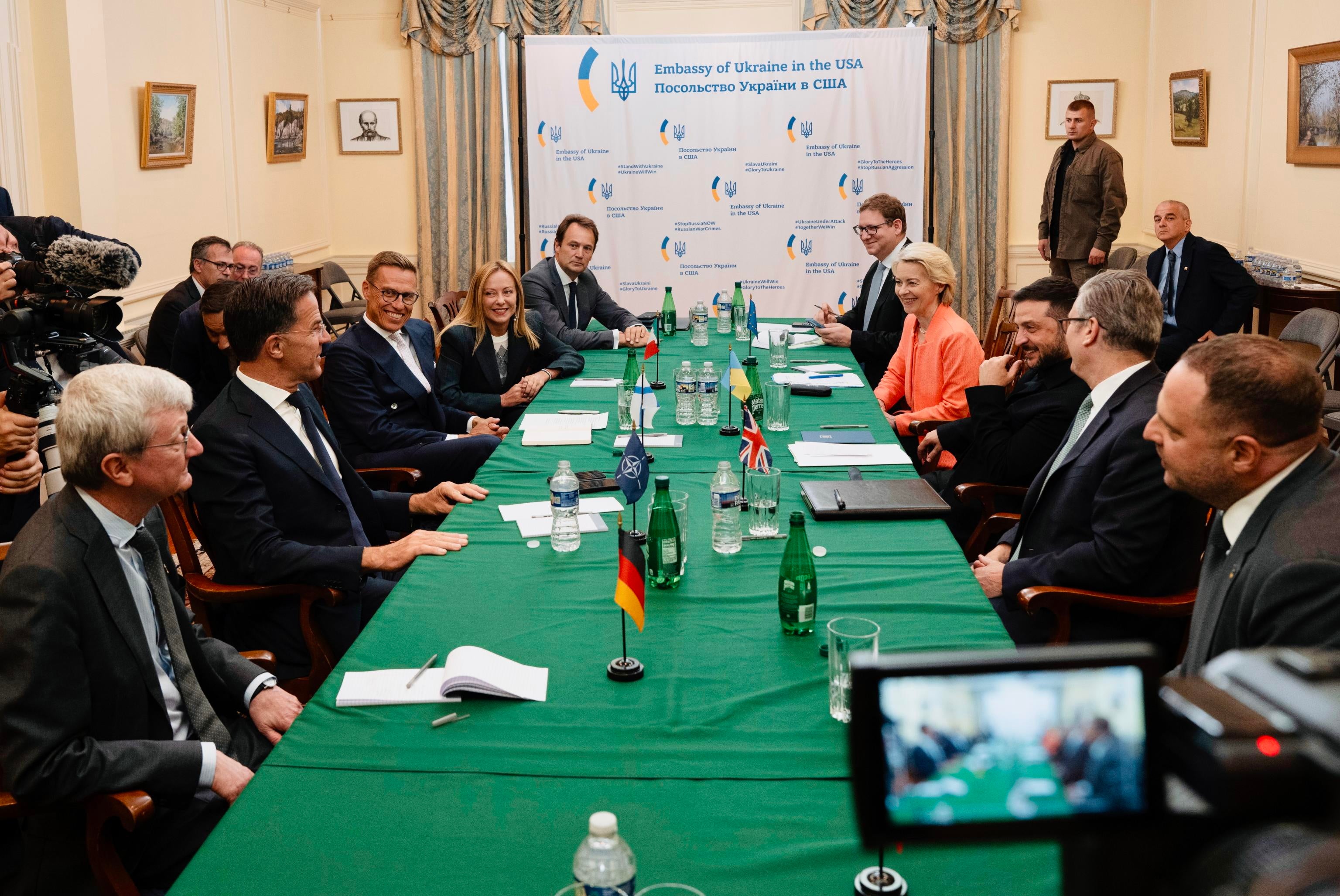
Leaders from the UK, France, Germany, Finland and Italy have all indicated their willingness to defend a peace deal in Ukraine.
They joined Donald Trump, who has not signed up to the coalition, and his Ukrainian counterpart Volodymyr Zelensky in the White House this month.
A total 31 countries are in the coalition, according to the government’s National Security Strategy 2025. Beyond Europe, it has attracted support from the Canadian and Australian prime ministers Mark Carney and Anthony Albanese.
Will British troops go to Ukraine?
After Sir Keir’s commitment to put “boots on the ground and planes in the air together with others” to militarily defend a peace deal, No 10 unveiled its support for a Multinational Force Ukraine, in an effort to help regenerate Ukraine’s own armed forces.
Military chiefs have previously met in Paris to agree a strategy for the force, and to coordinate plans with the EU, Nato, the US and more than 200 planners from 30 international partners.
And in Washington, European leaders discussed early-stage proposals for a security guarantee, similar to Nato’s article five principle – that an attack one member is an attack on the entire bloc.
What has the coalition achieved?
“The coalition of the willing has been successful in advocating for Ukraine and communicating with Trump and the US administration during its outreach to Russia,” says Edward Arnold from the Royal United Services Institute (Rusi) think tank.
“Moreover, it has undertaken lengthy military planning and has established a leadership and command structure. However, much remains uncertain, especially the nature of any agreed ceasefire or whether a broader peace process is on the cards.”
But the US’s commitment is “far from certain”, he told the PA news agency, and warned that “European planners cannot progress the planning until the US position is agreed”.
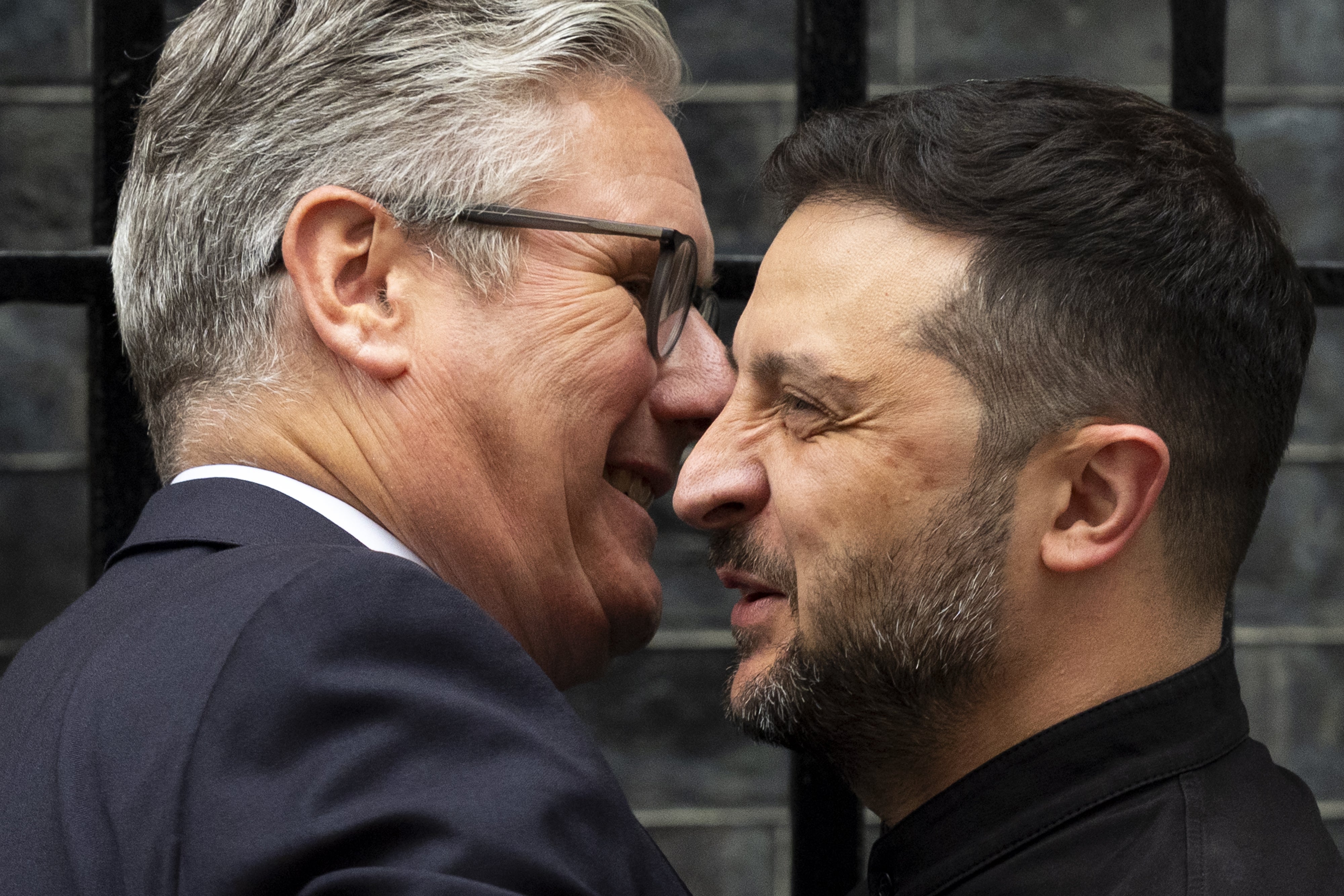
What is Nato’s role?
Nato’s Mark Rutte has attended meetings of the coalition of the willing, and Mr Trump appeared pleased with his efforts at their meeting when he described the secretary general as “a great, great political leader”.
But Mr Arnold warned that an article five-style mutual defence deal could amount to “de facto” membership of the bloc for Ukraine, something which Russian president Vladimir Putin “is unlikely to agree to”.
He said: “‘Nato article five-style’ guarantees are being talked about but Nato is a unique alliance which is not able to be replicated for Ukraine.
“Moreover, if any coalition of the willing member signed a mutual defence clause with Ukraine, and then Ukraine was attacked further, that could conceivably draw that Nato member into direct conflict with Russia, thereby potentially triggering article five.”
Sir Keir has welcomed “some sort of article five-style guarantees”, which he said “fits” with some of the coalition’s work, and Mr Trump who met Mr Putin in an Alaska summit claimed Moscow will “accept” multinational efforts to guarantee Ukraine’s security.
